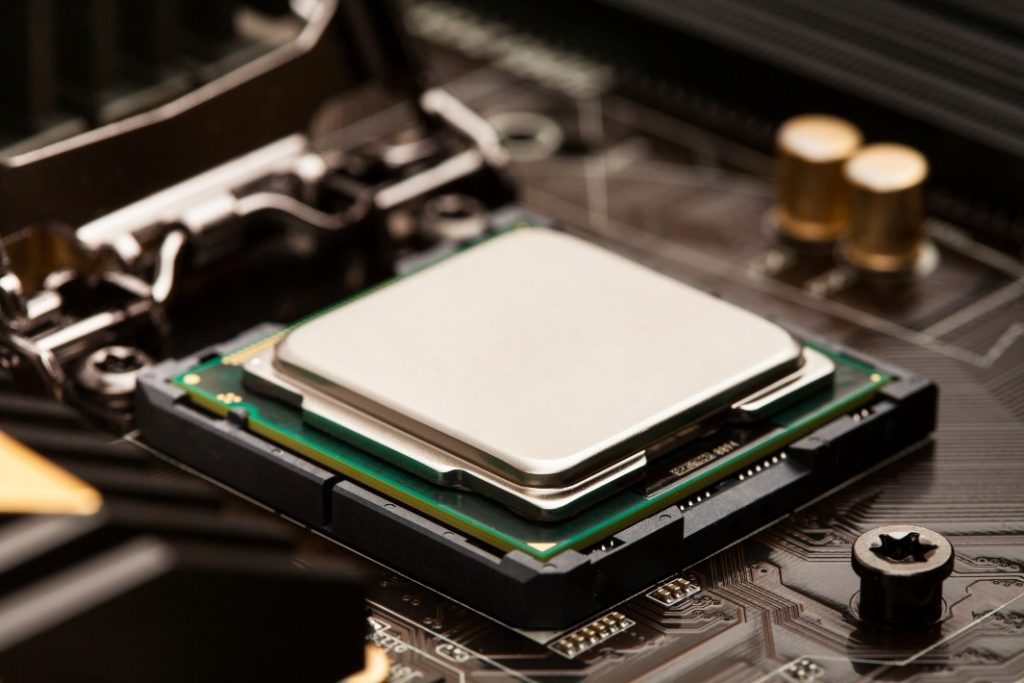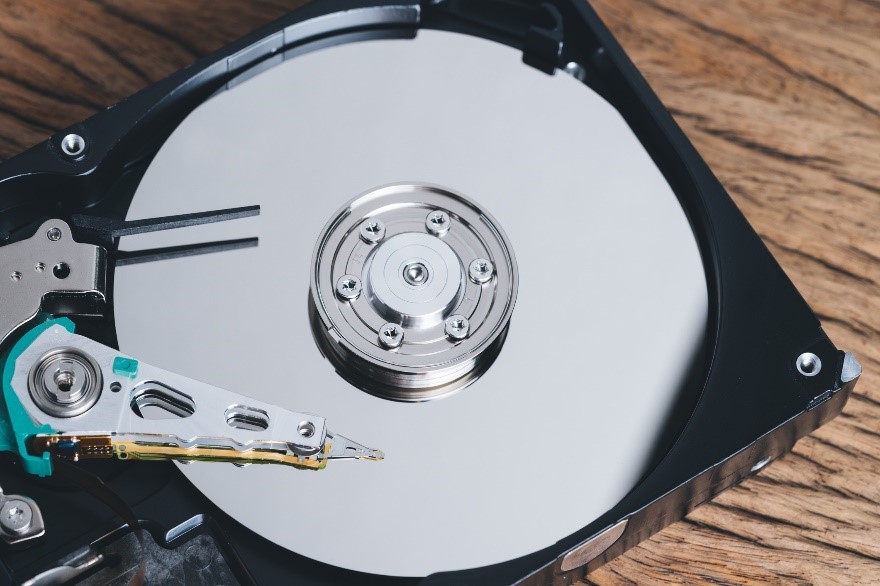The Latest Computers for Graphic Designers

Are you struggling to come to terms with building your perfect graphic design computer? If so, then you’re in the right place, as this article will take a closer look at what specifications you need to look out for when purchasing a new PC. From the perfect CPU for your software to the right monitor to display your art and design projects on, this guide has it all.
Choosing the Best CPU
If you are a graphic designer looking for a new desktop, you may be considering building your own computer tailored towards your preferences. The first part of the build is to choose which CPU (central processor unit) will be the ‘brain’ of your new computer. For a graphic designer, you will need a fast CPU to calculate complex instructions throughout your work.
There are two different ways to look at a CPU, as they can have a single core or multiple cores that can work simultaneously to complete the instructions. Applications like Adobe Photoshop tend to prefer CPUs with a lower core count but run at a higher operating frequency. If a lot of your work is done in Adobe Photoshop, then this should make you re-think what CPU is best for you as the newest and fastest is not always the best.

How Much RAM Do I Need?
The next important component you should be choosing for your computer build is how much RAM to include. To start up a computer and run your operating system you would need about 4 GB of RAM. For graphic designers, an ideal amount of RAM would be 16 GB. This means there is enough to run the powerful applications graphic designers require, without your computer coming to a halt. If you want to use multiple applications as well as a browser then a recommendation of 16 GB of RAM is enough to run the computer smoothly.
How Important is My GPU?
For a graphic designer, a GPU (graphics processor unit) is a must as you will be working with high-quality images that will need to be displayed on the monitor. The GPU is part of the video rendering system and assists in rendering complex graphics. It takes processing pressures off the CPU which helps the computers to run more smoothly and quickly. Powerful GPUs are mainly used for very complex graphic tasks such as video editing and high-intensity gaming.
What Types of Storage Are There? (SSD/HDD)
Now you can create your work using your CPU and GPU you need somewhere to store the information. There are two different types of storage devices currently used in computers; the first is HDD (Hard Disk Drive) which is a storage device that contains a disk similar to a CD, which spins very fast to find the relevant information that was saved within the disk. The pros to this device compared to SSD is that it is considerably cheaper for the storage available. However, with the devices containing moving parts, if it is damaged in any way there is a possibility of losing the information stored on the disk.
An SSD (Solid State Drive) is a form of flash storage which contains no moving parts. The advantages of an SSD is that it is considerably faster than the equivalent HDD, as the data can be accessed straight away, unlike in an HDD where you have to wait for the disk to spin to find the relevant data. Unfortunately, the improved speed also comes with a bigger price tag and can be nearly double the price of an HDD of the same size storage.

Which Monitor Best Suits My Requirements?
Now you have the basics of the computer set up you need something to view it on. For a graphic designer a good monitor is crucial, otherwise you will not be able to see your work at full quality. To make sure you see the true colour of your work you need a monitor that can display colour at a range of 10 bit or higher. To make the most of your monitor, you need to start by looking into how your work will be outputted. If you are working with high-quality images, you need a monitor with a good resolution for you to see all the pixels within the image. However, if your work revolves around small resolution images, then a 4K Ultra HD monitor will not be used to its full potential.

Should I Invest in a Graphics Tablet?
The first thing to look into when thinking about buying a graphics tablet is the resolution. If you are on a budget, then the best resolution you can afford will be the best option. A lot of graphics tablets include pressure sensitivity, however, as with resolution, different graphics tablets have better pressure sensitivity than others. The sensitivity of the tablet is significant for art and design work, so it is an important aspect to think about.
The final thing to consider is the physical size of the tablet. While a larger tablet may provide more room for you to work, a smaller tablet will make it easier to transport and less likely to get damaged.

Now that you know what parts should be going into your new computer, you can recycle your old parts using our IT recycling services and sleep well knowing that your old information will never fall into the wrong hands.
